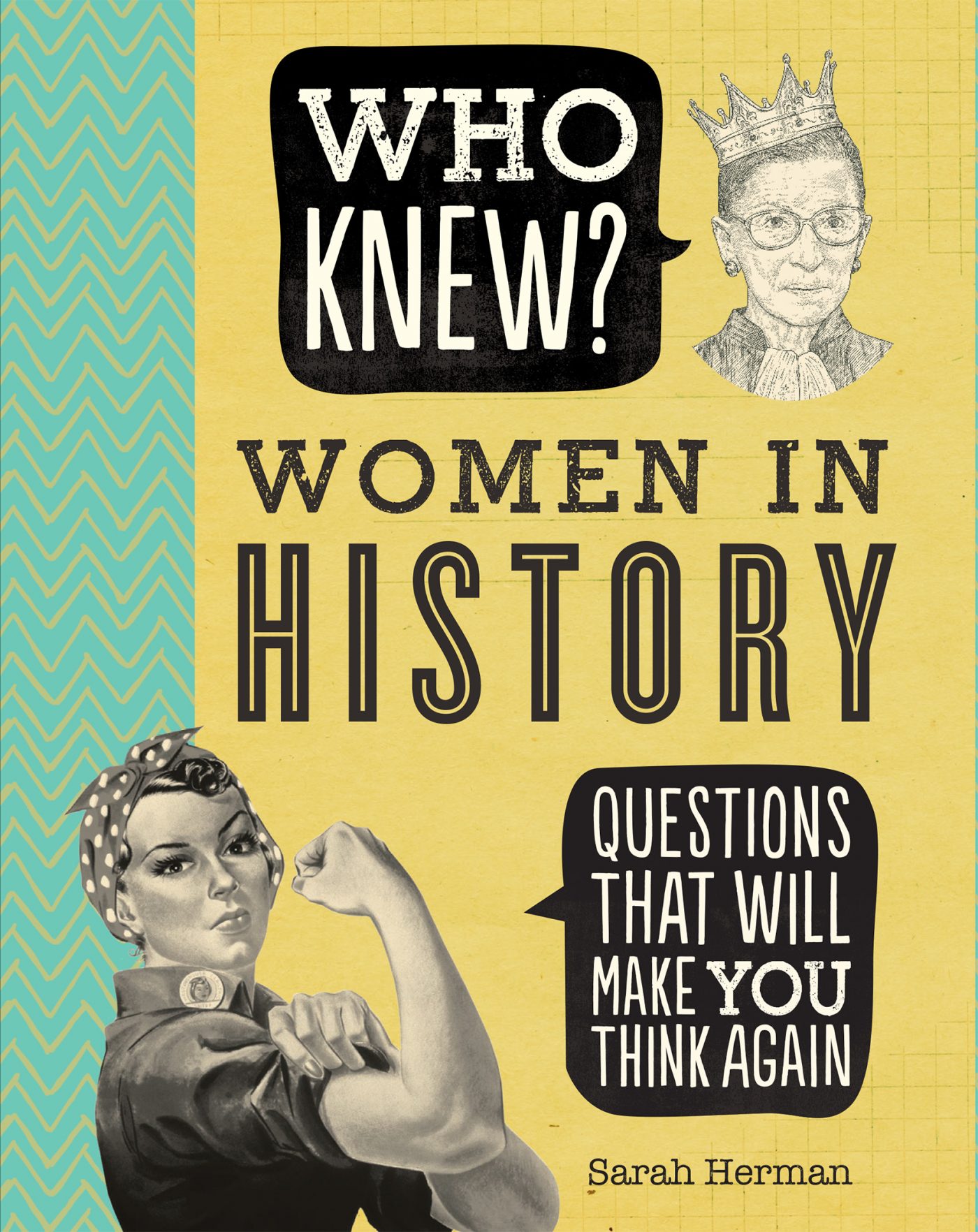They say that necessity is the mother of invention, and these women invented something so important, they’re now regarded as the “mother” of their respective field. Happy Mother’s Day to all the mothers out there, both literal and metaphorical.

The Mother of Wi-Fi
Hedy Lamar was one of the most glamorous and successful actresses of Hollywood’s “golden age,” starring in huge hits in the 1930s and ‘40s such as Boom Town, Samson and Delilah, and Ziegfeld Girl. She was also a scientist and inventor. In 1942, she patented a concept called “frequency hopping.” It allows a message to jump from different radio frequencies so as to avoid detection and blockage by another party. Lamarr donated the technology to the U.S.’s World War II effort, but the military didn’t quite know what to do with it. The private sector picked it up later on, and Lamarr’s technology formed the basis of how a number of modern gadgets privately operate and communicate, including Bluetooth, GPS, and Wi-Fi.
The Mother of Aquariophily
Jeanne Villepreux-Power grew up in a tiny French village, but lived a very big life. A talented seamstress, she found a job as a dressmaker in Paris…after walking the 250 mile distance from her hometown. She was so good, she got the plum gig of designing the gown for the 1816 royal wedding between Princess Caroline of Sicily and the nephew of the French king. Via that commission she met English nobleman James Power, and they moved to Sicily in 1818. She fell in love with the island, and quickly developed a deep interest in natural history, particularly marine life, and traveled through Sicily cataloging its flora and fauna and collecting shell samples. In 1832, she needed to conduct experiments on and observe sea creatures in a more formal, laboratory setting, so she created an enclosed glass habit for marine life…and in doing so, she invented the aquarium in addition to her work as a pioneer in marine biology.
Who Knew? Women in History is a compendium of more than a hundred articles about women who have played a prominent role in world history.
The Mother of Railway Travel
Olive Dennis didn’t invent the locomotive, but she did make travelling by train a luxurious and pleasant experience. (And creating a standard of long-distance travel that would influence the airline and cruise ship industries.) In 1920, Dennis received her civil engineering degree from Cornell University and landed a job with B&O Railroad as a draftsperson, specifically to develop new ways to cater to female passengers, who comprised half of its passengers. Dennis’s additions to trains: partially reclining seats upholstered in stain-resistant material, large dressing rooms, dimmable lights to allow for sleep, and compartment-individualized air vents to allow for a private stream of clean air.
The Mother of Computer Programming
Ada Lovelace was born into a life of privilege and fame: Her father (whom she never really met) was George Gordon, a.k.a. romantic poet Lord Byron. Her family’s means allowed her a top-notch education in science and math, including private tutoring from a University of London math professor. At age 18, Lovelace met her creative partner and intellectual equal in Cambridge mathematician Charles Babbage. He developed the world’s first mechanical computer, the Analytical Engine. But it was Lovelace who realized that to get that computer (or any computer) to work, it had to be told what to do. So, she developed a series of instructions to tell the Engine how to function. In other words, she created the world’s first computer algorithm, or program…in the late 1800s.








